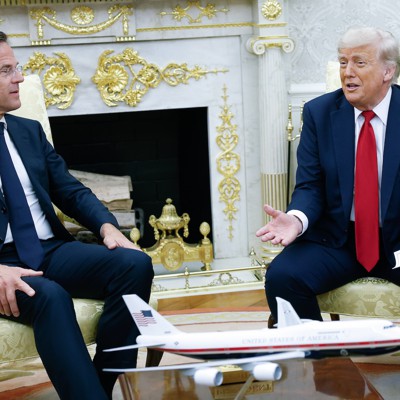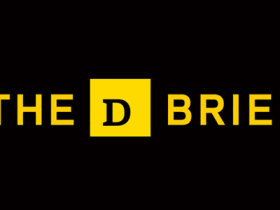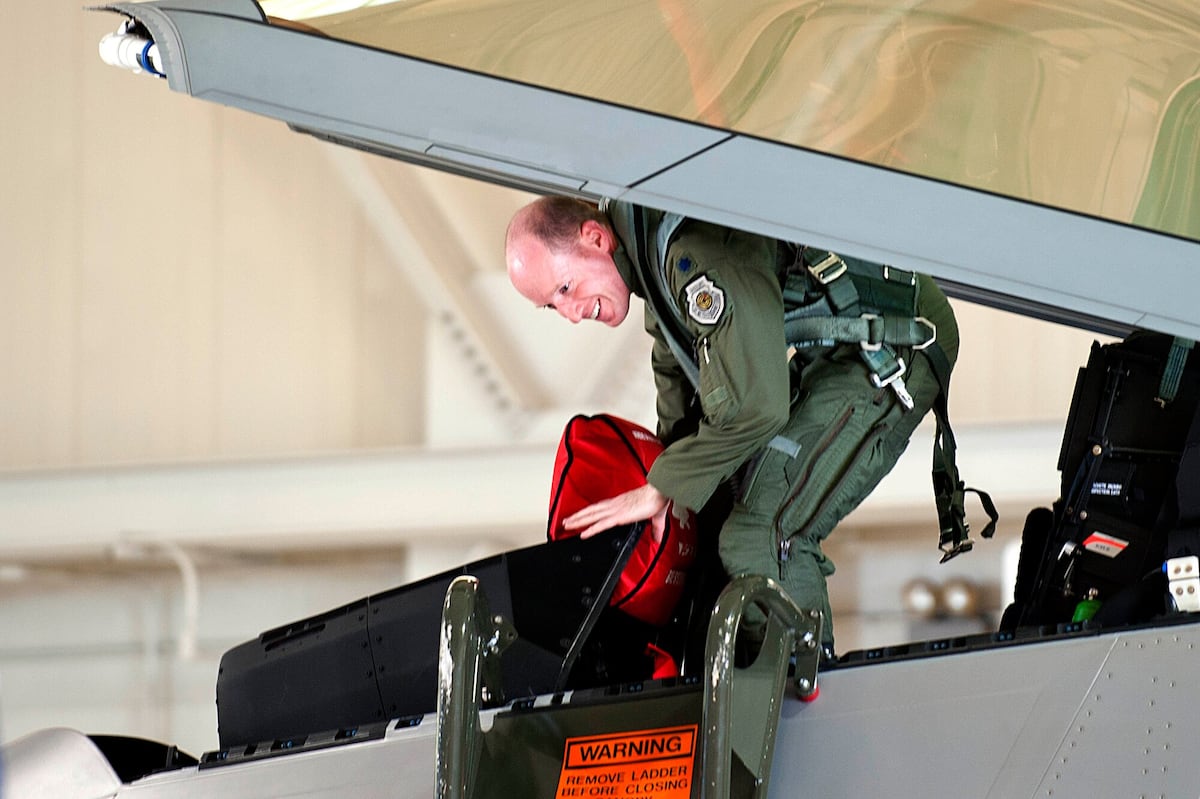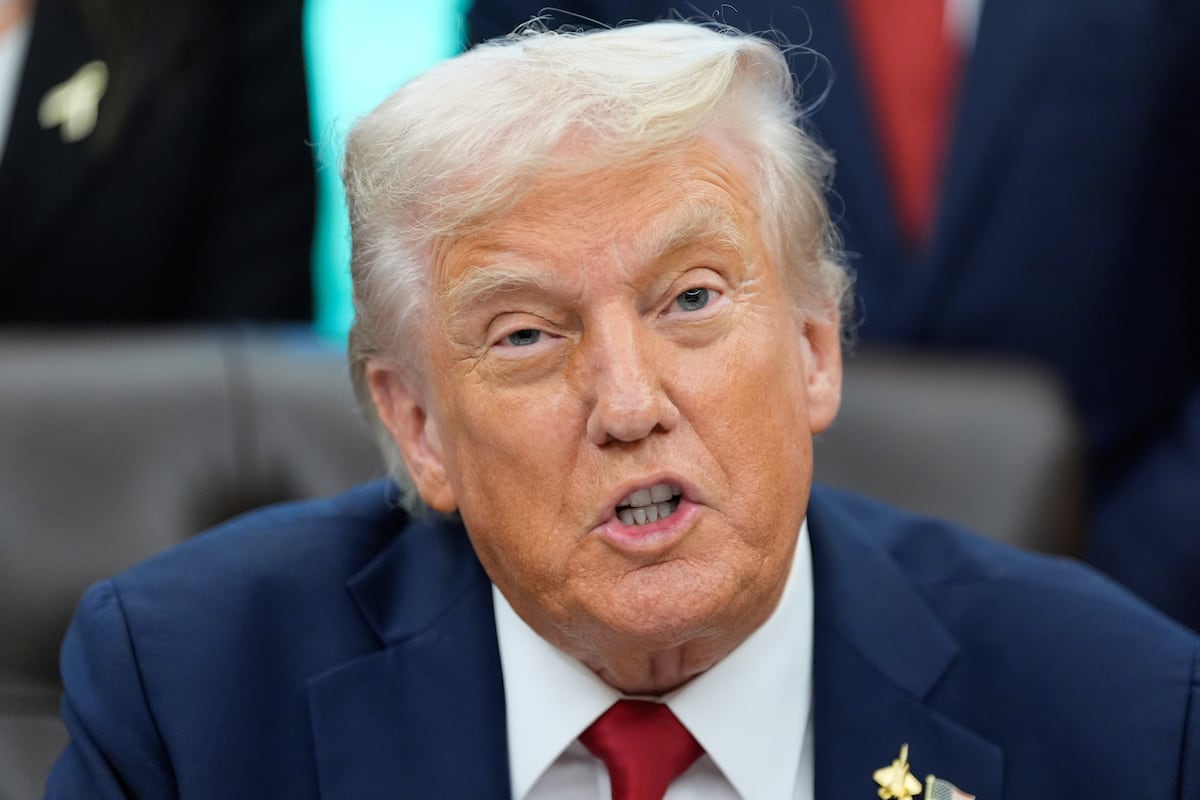President Donald Trump today announced a new plan to increase sales of U.S. weapons to Europe in order to help support Ukraine, and promised aggressive new tariffs—perhaps as high as 100%—aimed at Russia’s trading partners should it fail to reach a peace deal in the next 50 days.
The move indicates Russia hawks are winning the influence war within the White House, at least for now.
Among the arms Trump said the United States would sell to Europe are a “full complement” of Patriot missiles and batteries (generally understood to be about 30 missiles, though it can vary depending on missile type). Such sales had been in doubt following a hastily-announced and terminated “review” of U.S. weapons stocks, which resulted in a temporary pause in Ukraine aid.
“We make the best equipment, the best missiles, the best of everything. The European nations know that,” Trump said in the Oval Office, sitting beside NATO Secretary General Mark Rutte. “We’re not buying it, but we will manufacture it. And they’re going to be paying for it. Our last meeting a month ago was very successful in that they agreed to 5%,” Trump said of NATO.
Rutte credited Trump’s “vision” for the breakthrough and reiterated the central point that weapons deliveries would occur under the auspices of sales to European countries, rather than “charity.” During June’s NATO Summit, European countries agreed to greatly increase their own defense spending to 5 percent of GDP—though the actual portion for defense-specific items is closer to 3.5 percent, with an additional 1.5 percent for things like infrastructure, cybersecurity, and civil readiness.
Trump, too, was happy to credit himself with the development, and blasted his predecessor.
“Biden should have done this years ago. He should have done it from the beginning,” Trump said, though Biden’s team did have some involvement in the plan toward the end of his term.
A familiar plan
Last January, outgoing members of Biden’s security team met with members of the incoming Trump team. A plan was floated to allow the incoming administration to continue to provide vital weapons and aid to Ukraine, paid for out of rising European defense budgets—a plan that strongly resembles the one announced today.
“Fundamentally, it’s going to have to be the American defense-industrial base continuing to power the fight if Ukraine is going to stay in it. And I think the best answer would be that we provide the stuff and then continue to replace it with dollars allocated by the Europeans,” a senior White House official said at the time. “I would just say that there are real voices inside the Trump team that would like to see the continuation of support to Ukraine, but are also mindful of the fact that they don’t want it to come out, out of the American taxpayers.”
The influence of those “real voices” appeared to be on the rise in February when Ukrainian President Volodymyr Zelenskyy visited the Oval Office to cement a deal for continued U.S. aid to Ukraine, a meeting that collapsed rapidly and spectacularly amid a heated exchange between Vice President JD Vance and the Ukrainian leader. Days later, Trump accused Zelenskyy of “gambling with World War III.”
Much has changed since then. On July 6, Zelenskyy characterized his conversation with Trump a day before as “probably the best conversation we have had during this whole time, the most productive.”
‘Real’ voices versus the rest
The February episode and the deal announced today show a continued competition for influence taking place within the White House. On one side: players like Director of National Intelligence Tulsi Gabbard, whose views on Ukraine sometimes mirror Russian talking points, Vance, who has expressed indifference to Ukraine’s plight, and special envoy Steve Witkoff, who in March described Russian leader Vladimir Putin as “trustworthy” and “not a bad guy.”
On the other side are long-time Russia hawks, including former National Security Advisor Mike Waltz and Secretary of State Marco Rubio, and U.S. special envoy Keith Kellogg, as well as several members of the Senate Armed Services Committee.
That discordance of views has resulted in a number of reversals in White House Ukraine policy. Brian Finlay, the Stimson Center’s president & chief executive officer, speaking at the Globsec forum in June, remarked: “I think that the new administration has a fundamentally different perception of risk and threat than here in Europe, and throughout the history of the transplanted relationship, again, since the end of the Cold War.”
Trump’s own relationship with the Russian leader is also complicated.
In July 2016, Trump famously and publicly “welcomed” a Russian influence effort that aided his campaign. In 2018, Trump himself said he “got along with [Putin] great.” The following year, Trump characterized the Ukrainian government as “corrupt,” a familiar Kremlin talking point.
In 2022 he described Putin as someone who “loves his country,” and Putin’s invasion of Ukraine as “savvy.”
But Trump’s first term was also characterized by pointed and repeated criticisms of NATO-allied countries not only for underfunding their own defense, but also for an overreliance on Russia for gas. Many at the time viewed those rebukes as anti-NATO, accompanied as they were by threats to leave the alliance. But they echoed sentiments from many of Europe’s staunchest pro-Ukraine allies who have long argued for greater European defense budgets and more energy independence from Russia—views that today’s deal vindicates.
The deal also reveals that Trump has apparently come to view Putin as untrustworthy. This development follows months of heavy Russian bombardment of Ukraine, including civilian infrastructure, even in the midst of negotiations. Trump on Monday described how the Russian leader’s gentle personal persona came in sharp conflict with his actions.
“He’s fooled a lot of people,” Trump said Monday. “He fooled Bush. He fooled a lot of people. He fooled Clinton, Bush, Obama, Biden. He didn’t fool me.”
Read the full article here








Leave a Reply